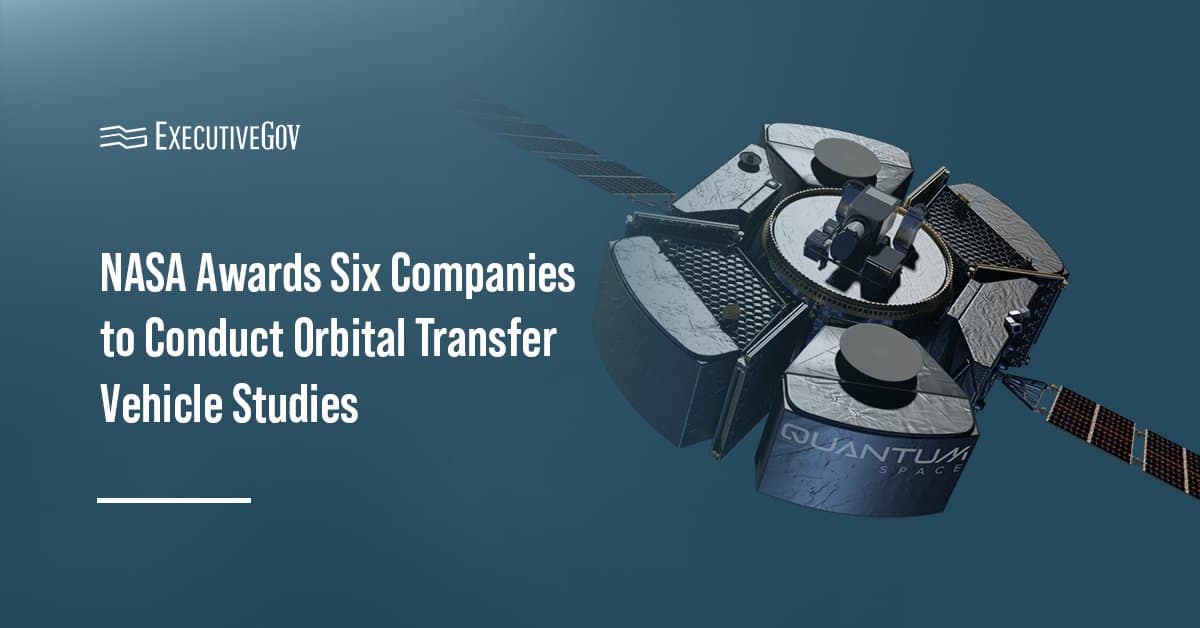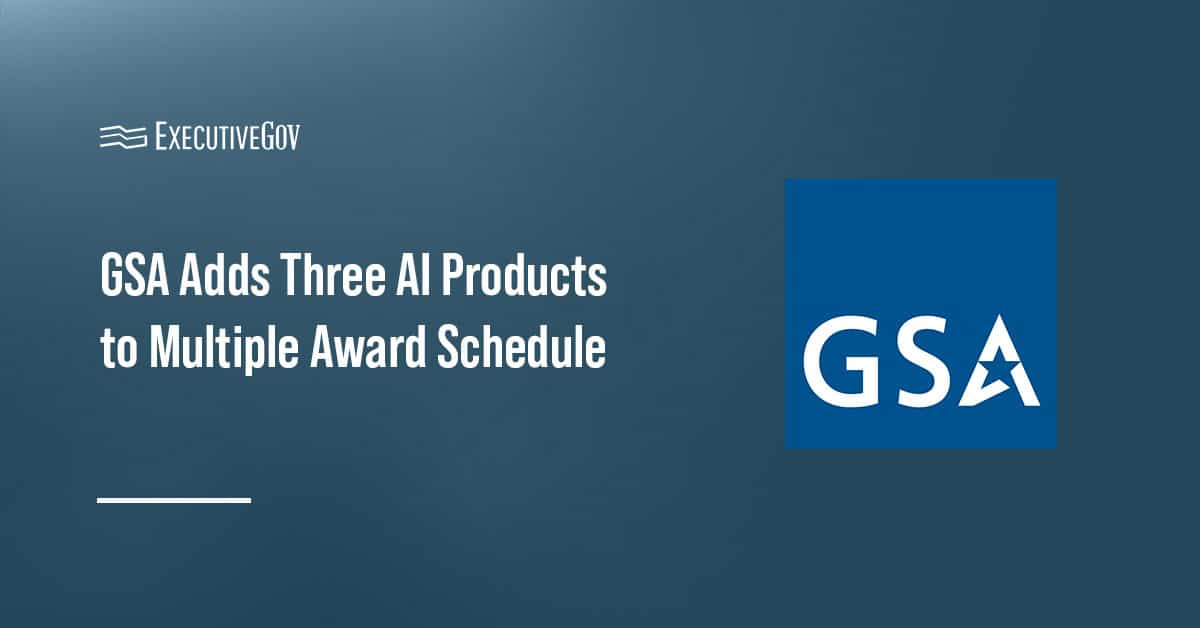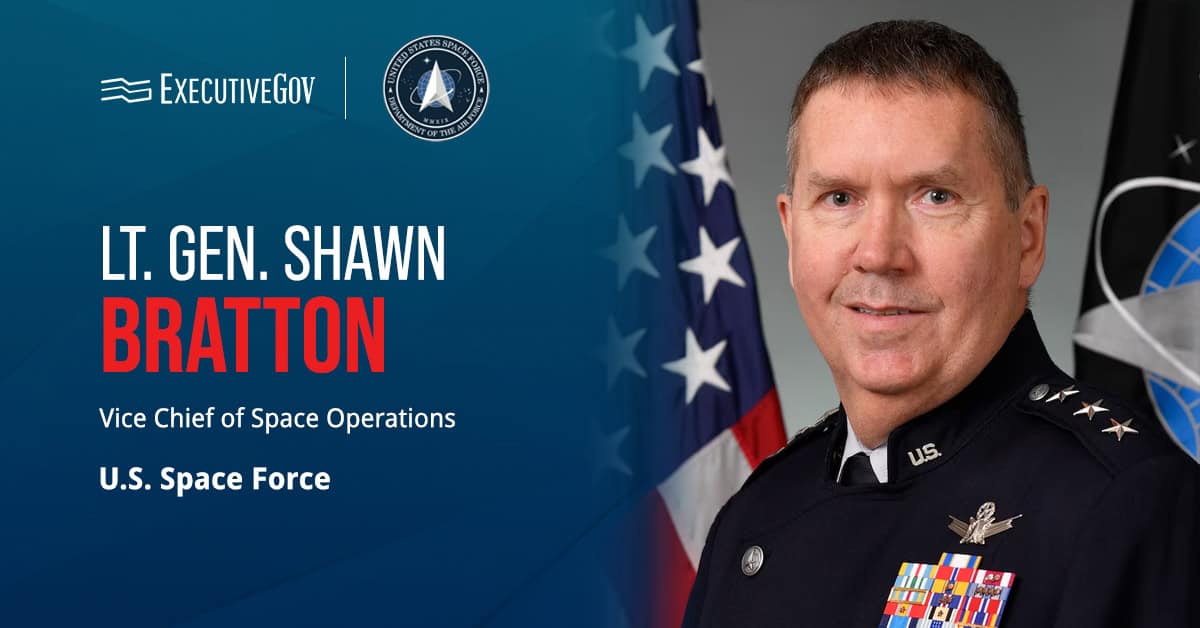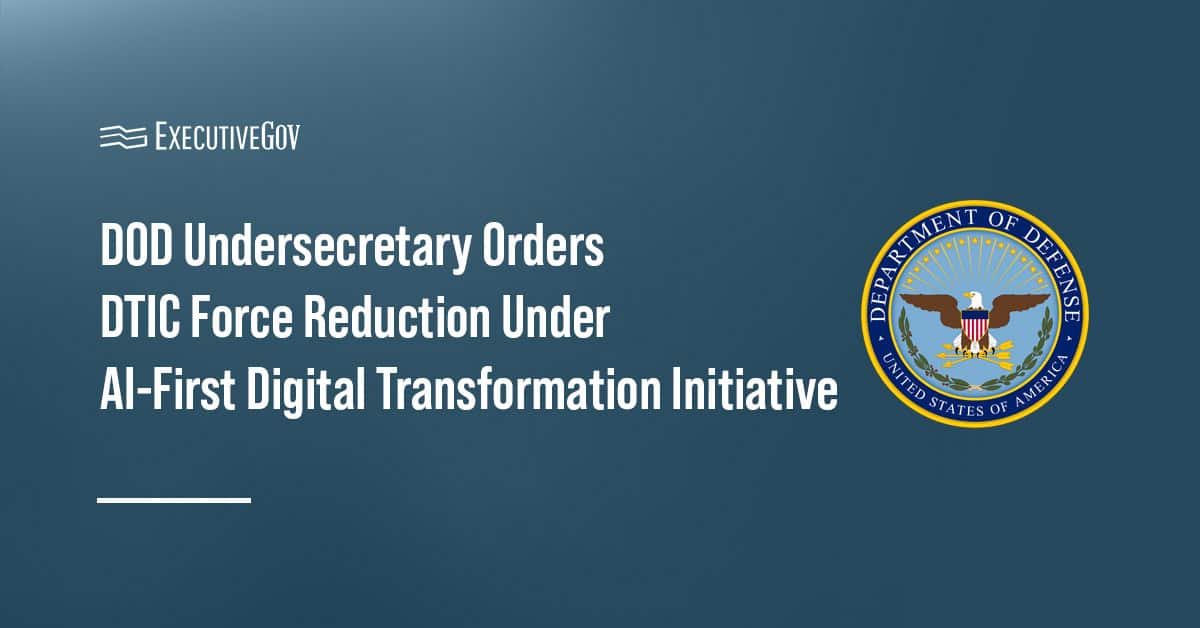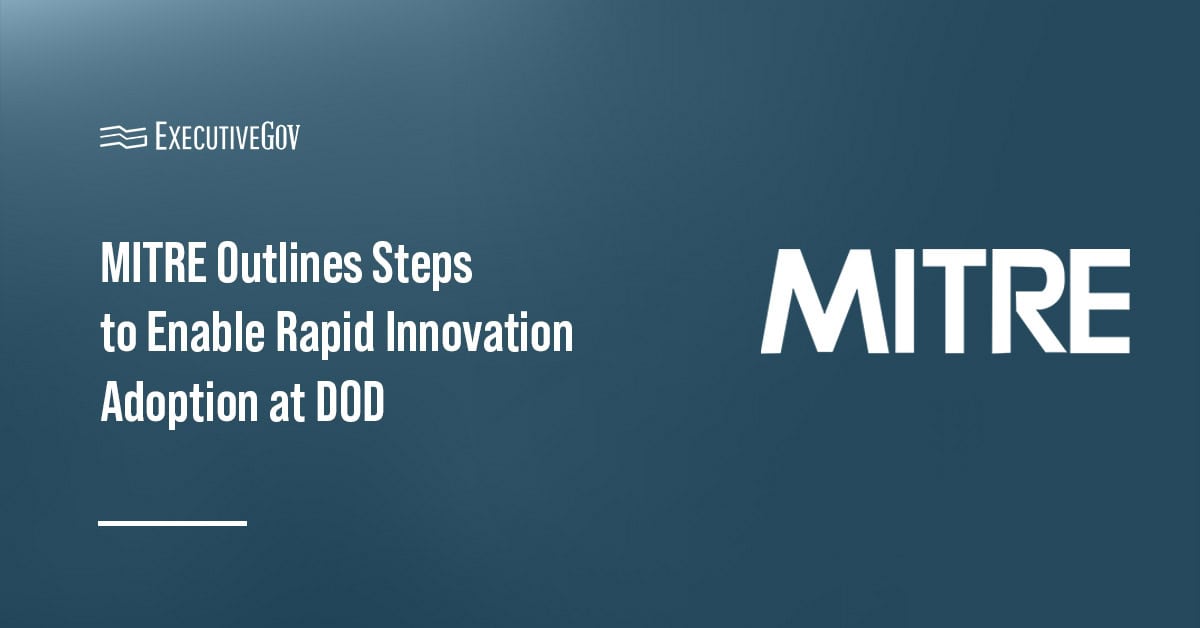Sens. Jeanne Shaheen, D-N.H.; Maggie Hassan, D-N.H.; Susan Collins, R-Maine; and Angus King, I-Maine have proposed legislation that would spare the Navy’s four public shipyards from workforce reductions. Called the Protecting Public Naval Shipyards Act, the bipartisan bill tells the Department of Defense to exempt certain positions at public shipyards from hiring freezes and layoffs to ensure that nuclear-powered submarine maintenance and overhaul are uninterrupted.
“This bipartisan bill will ensure that important naval operations continue without disruption by exempting public shipyard employees from the chaotic mass firings, workforce reductions, and hiring freezes directed by the Trump Administration,” said Hassan.

Top Navy leaders and experts will discuss the future of naval operations at the Potomac Officers Club’s 2025 Navy Summit on Aug. 26. Register for the in-person event here.
Protecting Public Shipyard Workers
The bill specifically names welders; pipefitters; shipfitters; radiological technicians and engineers; apprentices; mechanics; painters and blasters; and personnel supporting nuclear maintenance and refueling, maintenance and operations of infrastructure, the workforce development pipeline and the Shipyard Infrastructure Optimization Program as needing protection from hiring freezes and layoffs.
Portsmouth Naval Shipyard in Maine, one of the Navy’s public shipyards, needs to recruit 550 personnel annually to better meet demand for submarine maintenance and overhaul. Under President Trump, the Navy intends to hire 1,500 external personnel across all naval institutions per month, which Hassan’s office said is not enough.
Shaheen, who sits as a senior member of the Senate Armed Services Committee and co-chair of the Senate Navy Caucus, previously called on the DOD to exempt the Portsmouth shipyard from hiring freezes, but challenges remain. In a letter to the Office of Personnel Management, Shaheen urged the agency to process civilian personnel who have been hired at the Portsmouth shipyard but are still awaiting onboarding.
The Norfolk Naval Shipyard in Virginia, the Puget Sound Naval Shipyard and Intermediate Maintenance Facility in Washington, and the Pearl Harbor Naval Shipyard and Intermediate Maintenance Facility in Hawaii are the three other Navy public shipyards.




